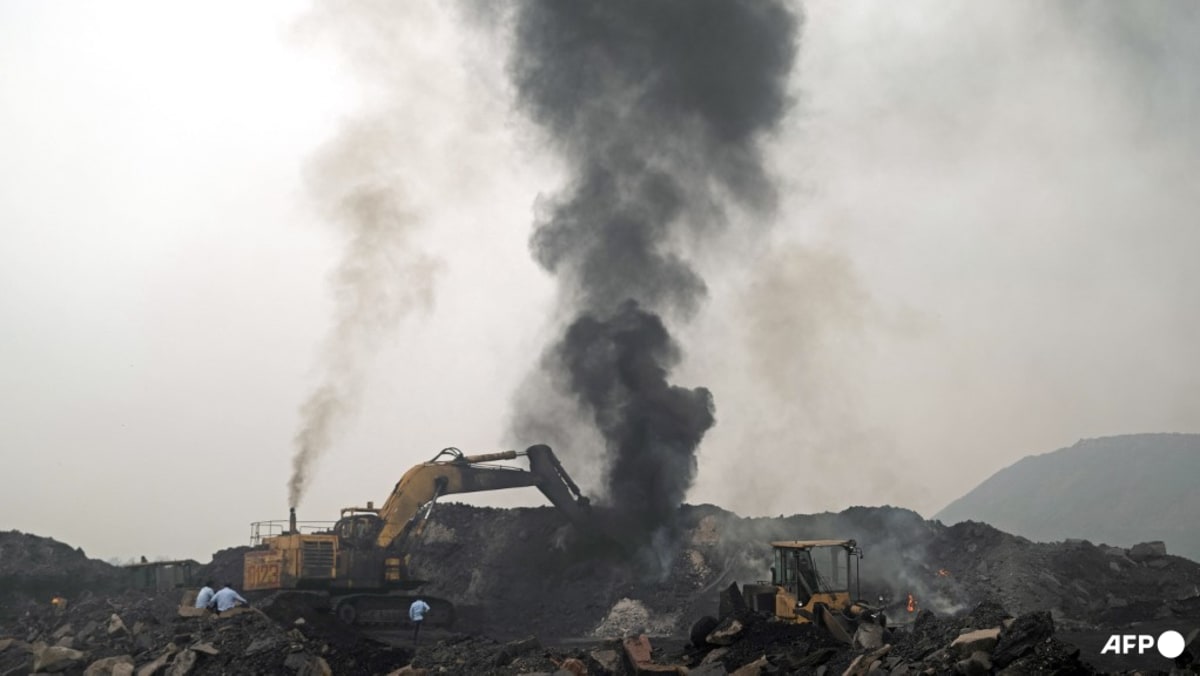NEW DELHI: Non-fossil fuels now account for half of India’s installed energy capacity – years ahead of schedule – but the third-largest greenhouse gas polluter remains deeply reliant on coal for electricity generation.
“A landmark in India’s energy transition journey,” Minister of Renewable Energy Pralhad Joshi proclaimed after the world’s most populous nation released figures in July.
“Five years early,” he added, referring to India’s 2030 target under the Paris Agreement, and marking a step to the country’s stated goal of reaching net-zero emissions by 2070.
But while the 50 per cent milestone is significant, climate expert Avantika Goswami says the figures – which refer only to potential energy production – tell just part of the story.
“Overall, actual generation from renewable sources is still quite low,” Goswami told AFP from the New Delhi-based Centre for Science and Environment (CSE).
The reason is stark: nearly three-quarters of electricity continues to come from heavily polluting coal-burning power plants.
COAL PARADOX
The challenge becomes even more apparent when examining India’s continued dependence on coal.
Far from decreasing its usage, the globe’s second-largest consumer of coal pushed up production of the dirty fossil fuel by five per cent last year, mining one billion tonnes, according to the coal ministry.
“Coal remains crucial,” the ministry said.
The stance highlights the practical challenges of India’s energy transition.
Coal is needed to fulfil power demands while storage capacity lags behind the surge in renewable sources of power.
“The coal sector remains a crucial contributor to India’s energy mix, powering over 74 per cent of the country’s electricity and sustaining key industries like steel and cement,” the coal ministry said, celebrating what it dubbed “India’s coal boom”.
